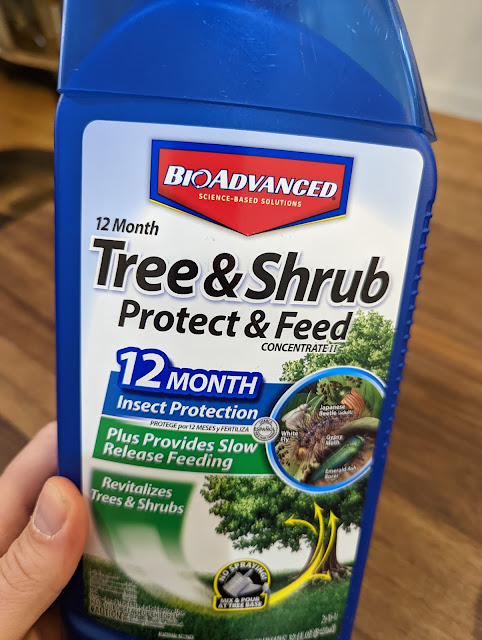Cardoon About To Bloom - June 2024

After battling a vast aphid invasion on our Cardoon plant (planted IB2DWs last Fall and came back this year), appears ready to burst with a couple of big, spike-y blooms. I planted it on a whim late, late last year based on seeing this in the Fragrance Garden at the Morton Arboretum and didn't know what to expect. At the time when I bought it, the sign at The Growing Place called it a "Biennial" - which I think means that it won't bloom the first year - so this is the bloom year. This piece from the University of Wisconsin talks about how you don't normally see a bloom in cooler climates (like ours), so we might be in for a real treat. See below for a look at our Cardoon buds/blooms as they grow up/out before they open: I went at the aphids pretty hard with both Neem Oil, our hose with a high-pressure setting (just to try to blow the aphids off) and then, ultimately with a insecticide dust. I'm hoping the aphids didn't get these to a place where t...






